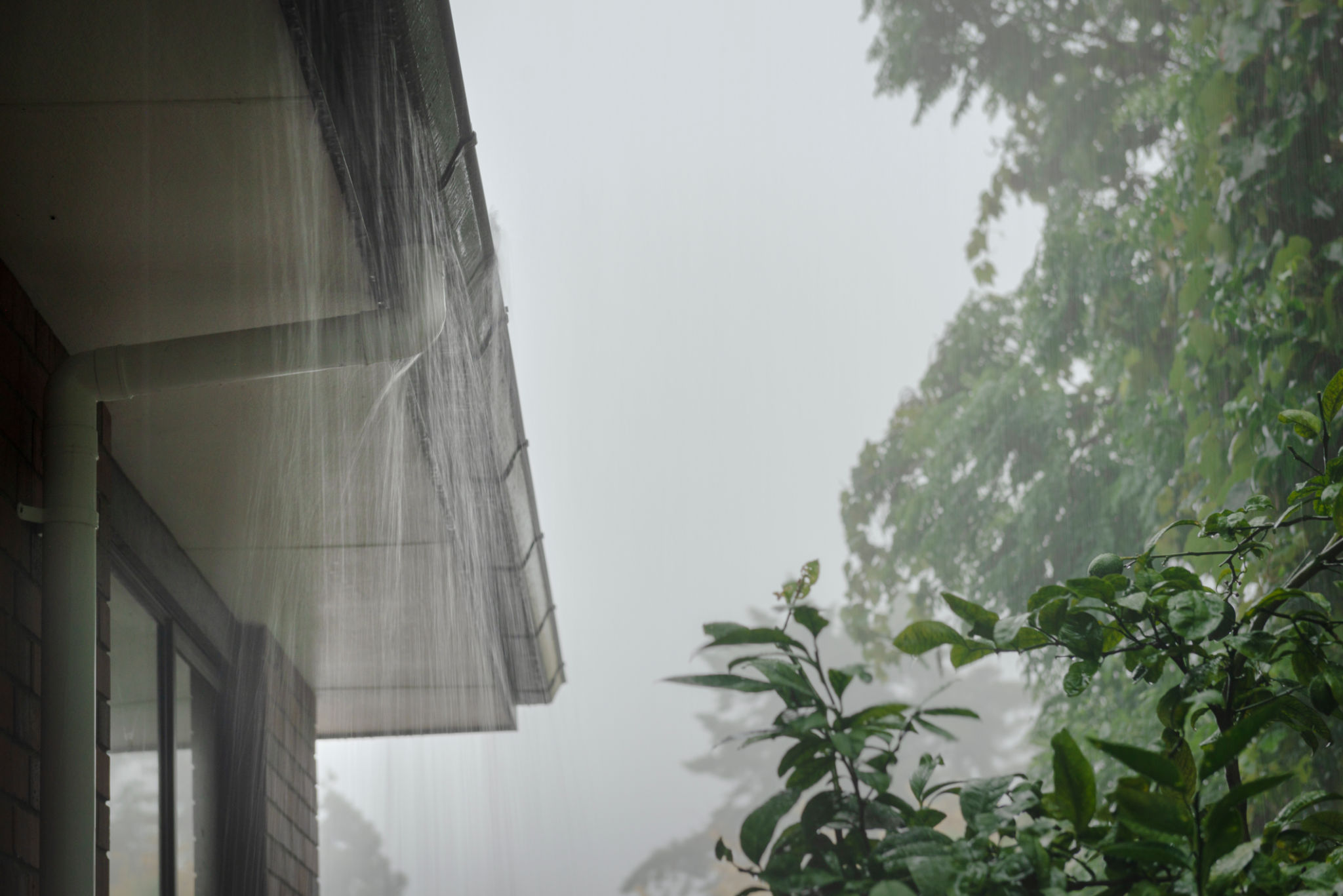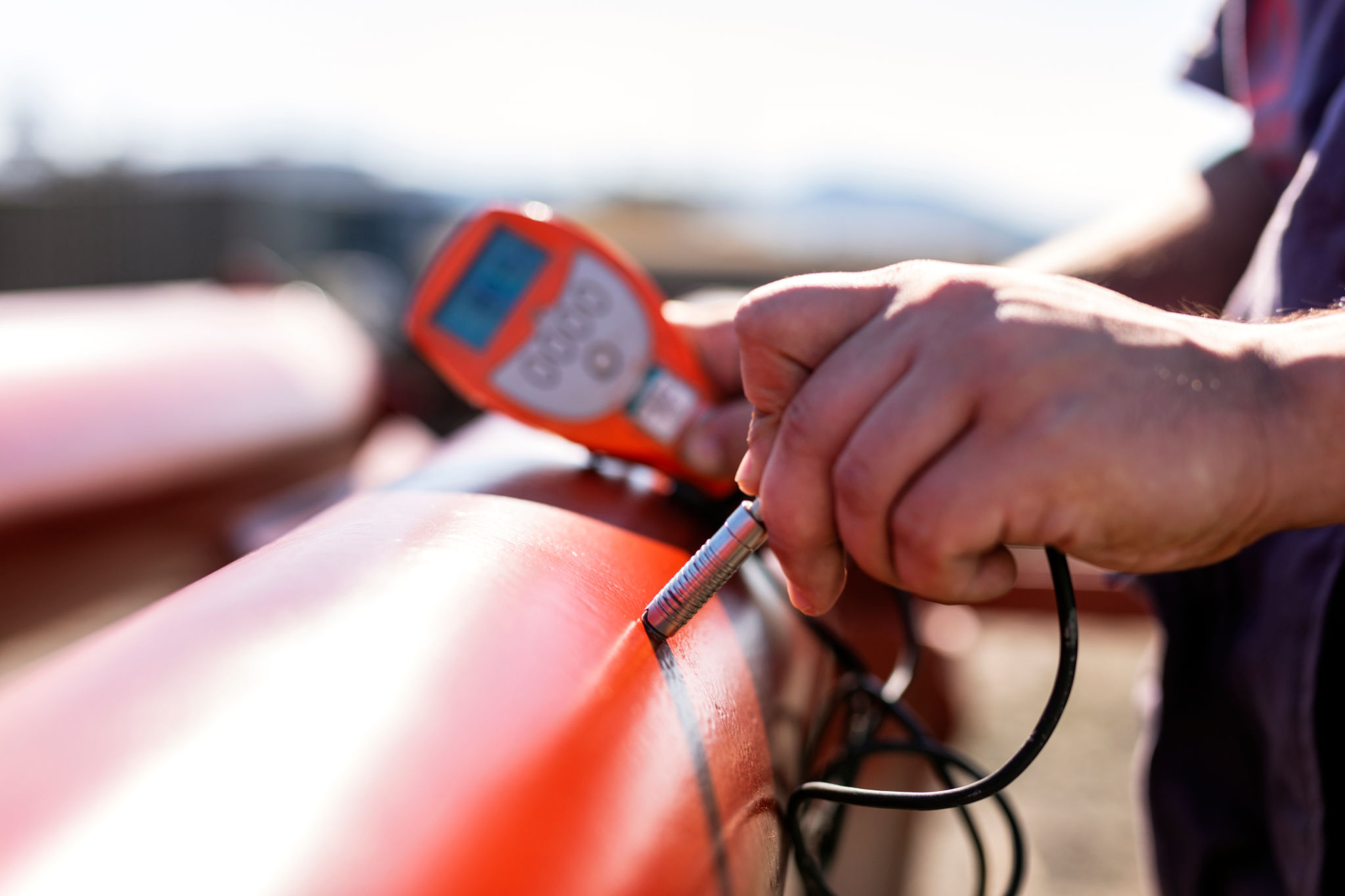How to Prepare for a Successful Coating Inspection in Auckland's Climate
Understanding Auckland's Climate
Auckland’s climate is characterized by mild, damp winters and warm, humid summers. This unique maritime climate can pose specific challenges for coating inspections. The constant exposure to moisture, salt, and temperature fluctuations can affect the longevity and effectiveness of coatings. Therefore, understanding these conditions is crucial for preparing a successful inspection.

Importance of Coating Inspections
Coating inspections are vital to ensuring that surfaces, whether they are on buildings, bridges, or other structures, maintain their integrity over time. Regular inspections help in identifying potential issues like corrosion or peeling early on, which can save time and money in the long run. Moreover, inspections guarantee that the coatings meet the necessary safety and durability standards.
Pre-Inspection Preparations
Before beginning a coating inspection in Auckland, it’s essential to have a well-thought-out plan. Here are some steps to consider:
- Review the Coating Specifications: Understand the type of coating used and its expected performance parameters.
- Check Weather Conditions: Since weather plays a significant role, choose a time when conditions are optimal for inspection.
- Gather Necessary Tools: Ensure all inspection tools and equipment are ready and calibrated properly.

Selecting the Right Inspection Team
Having a qualified and experienced team is crucial for a successful coating inspection. The team should be familiar with Auckland’s climate challenges and possess the necessary certifications. A well-versed team can provide valuable insights and recommendations on maintaining and improving coating performance.
Inspection Process
The inspection process involves several key steps to ensure thorough evaluation:
- Visual Inspection: Start with a detailed visual inspection to identify any obvious defects or irregularities.
- Thickness Measurement: Use appropriate tools to measure coating thickness and ensure it meets the specified requirements.
- Adhesion Testing: Conduct tests to check the adhesion strength of the coating to the substrate.

Post-Inspection Actions
Once the inspection is complete, it’s important to document all findings thoroughly. This documentation will serve as a reference for future inspections and maintenance plans. If any issues are identified, prioritize repairs or touch-ups to prevent further deterioration. Implementing a regular maintenance schedule can also help in prolonging the life of the coatings.
Maintaining Coating Integrity
To keep coatings in top condition in Auckland’s challenging climate, regular maintenance is key. This includes periodic cleaning to remove contaminants like salt and dirt that can compromise the coating’s integrity. Additionally, staying informed about new technologies and materials in the coating industry can provide opportunities for improvements.
Conclusion
A successful coating inspection in Auckland’s climate involves thorough preparation, skilled personnel, and an understanding of local environmental factors. By following these guidelines, you can ensure that your coatings not only meet but exceed their expected performance, providing long-lasting protection for your structures.